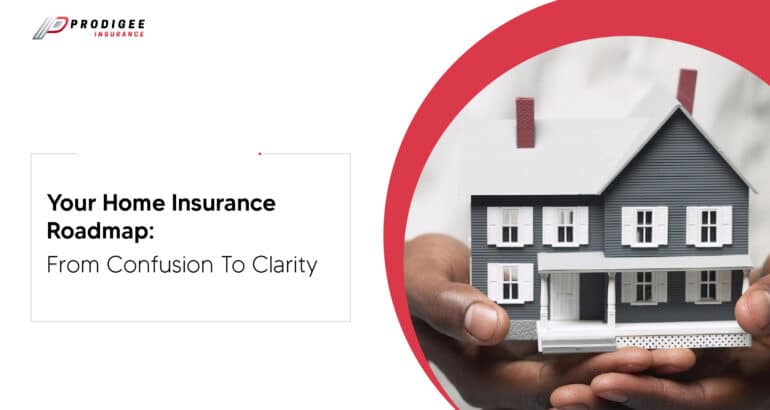
Homeownership is a significant milestone in life, but it also comes with its share of responsibilities and complexities. Among these responsibilities, securing your home with adequate insurance is paramount. Yet, for many homeowners, the world of home insurance roadmap can be a bewildering labyrinth of terms, policies, and fine print. However, fear not! With a clear roadmap, you can navigate this maze and transform your confusion into clarity.
Understanding the Home Insurance Jigsaw
It’s crucial to grasp the fundamental elements of home insurance roadmap. At its core, home insurance is a financial safety net that shields you from potential disasters or unforeseen events, ensuring your home remains a sanctuary of security. Here’s a breakdown of the key components:
- Dwelling Coverage: Protects the structure of your home, including walls, roof, floors, and built-in appliances.

- Personal Property Coverage: Safeguards your personal belongings, such as furniture, clothing, electronics, and more, in case of damage or theft.
- Liability Coverage: Shields you in the event that someone is injured on your property and decides to sue you. It also covers damage you or your family members may cause to someone else’s property.
- Additional Living Expenses (ALE): Covers the cost of temporary housing and other expenses if you’re forced to live away from your home due to a covered loss.
- Other Structures Coverage: Protects structures on your property that are not connected to your main dwelling, like a detached garage or a shed.
Now, Let’s Embark on your Home Insurance Roadmap to Transform your Confusion into Clarity.
Step 1: Assess Your Needs
Begin by assessing your unique insurance needs. This involves taking an inventory of your personal belongings and evaluating the value of your home. Pay attention to any specialized items or hazards that may necessitate additional coverage. This assessment is the foundation upon which your insurance policy will be built.
Step 2: Define Your Budget
Determine how much you are willing to spend on home insurance premiums. While affordability is important, remember that scrimping on coverage could lead to financial hardship in the future. Striking a balance between coverage and cost is key.
Step 3: Research Insurance Providers
Not all insurance providers are created equal. Research and compile a list of reputable insurance companies that offer policies in your area. Seek recommendations from friends, family, and online reviews to identify companies with good customer service and claims handling.
Step 4: Request Quotes
Reach out to the insurance companies on your list and request quotes. Ensure that you provide them with accurate information, as this will influence the accuracy of the quotes. Compare the coverage options, deductibles, and premium rates offered by different providers.
Step 5: Customize Your Policy
With your quotes in hand, tailor your policy to fit your specific needs. Consider any additional coverage options, such as riders for high-value items or endorsements for specialized protection. Be sure to choose a deductible that aligns with your budget.
Step 6: Bundle Your Insurance
If you have multiple insurance needs, consider bundling your home insurance with other policies, like auto or life insurance. Bundling often leads to discounts and simplifies the management of your coverage.
Step 7: Review and Update Regularly
Your home’s value and your possessions can change over time. Regularly review and update your policy to ensure it accurately reflects your needs. This includes updating your coverage after renovations or significant acquisitions.
Step 8: Seek Professional Guidance
Consider working with an independent insurance agent who can provide expert advice and access to multiple insurance providers. Their expertise can simplify the decision-making process and help you make well-informed choices.
Step 9: Understand Your Policy Thoroughly
Don’t just skim through your policy; read it thoroughly and ask questions if anything is unclear. Understanding your policy is essential for knowing what is covered and what is not.

Step 10: Be Prepared for Claims
In the unfortunate event that you need to file a claim, be prepared. Document the damage or loss thoroughly, and contact your insurance company promptly. Familiarize yourself with the claims process to ensure a smooth experience.
By following this home insurance roadmap, you can transform your confusion into clarity and make informed decisions about protecting your home and belongings. Home insurance is not just a requirement; it’s your safety net, providing you with the security and peace of mind you need as a homeowner.

